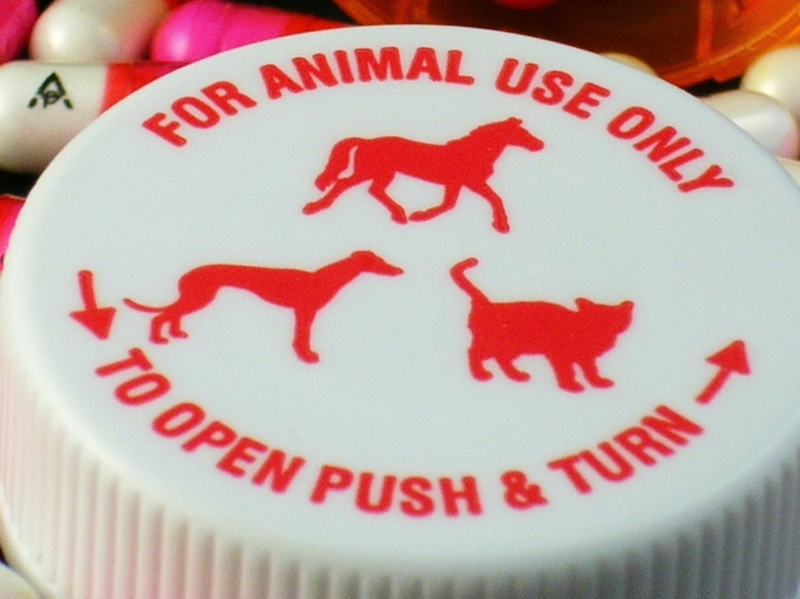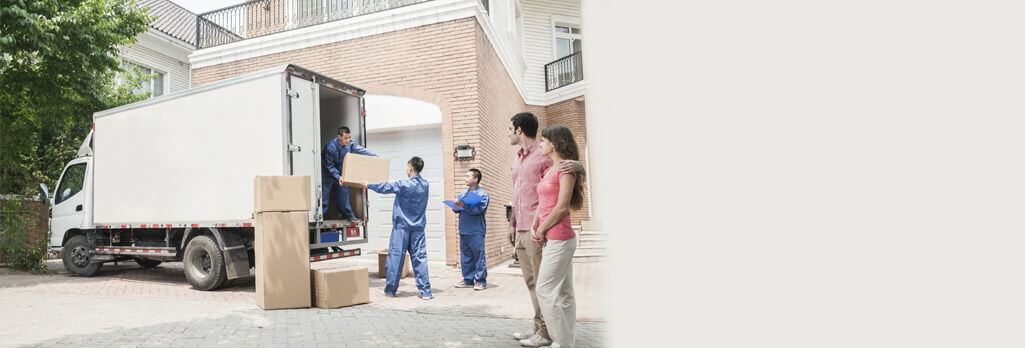Declutter Effectively to Make Moving Day Stress-Free
Posted on 15/06/2025
Declutter Effectively to Make Moving Day Stress-Free
Moving day is often associated with chaos, stress, and excessive effort. One of the best ways to ensure a smooth moving day is to declutter your home effectively beforehand. By eliminating unnecessary items and organizing your belongings, you can make your move less overwhelming and more efficient, saving both time and money.
In this comprehensive guide, we explore proven strategies to declutter before a move, provide practical tips for each stage, and highlight the benefits of adopting a clutter-free approach to relocation. Whether you are moving across town or to another state, learning to declutter efficiently is the key to a stress-free moving experience.
Why Decluttering Before a Move Is Essential
Before delving into the decluttering process, it's important to understand the profound impact that a clutter-free environment has on your moving journey. Here's why decluttering is a must-do before moving:
- Reduces Packing Time: Fewer items mean less time spent on packing and organizing.
- Lowers Moving Costs: Most moving companies charge based on weight or volume; less stuff can lead to significant savings.
- Creates a Fresh Start: Taking only what you need helps you settle into your new place more easily and joyfully.
- Minimizes Stress: With fewer items to worry about, you are less likely to feel overwhelmed by the logistics of moving day.
- Supports Organization: Decluttering sets the stage for a more organized home and lifestyle in your new environment.

When Should You Start Decluttering Before a Move?
The best time to begin decluttering before moving day is as soon as you confirm your relocation. Ideally, giving yourself at least one to two months will allow for a systematic and thorough sort-out of your belongings.
Starting early ensures you won't rush the process or become overwhelmed. Breaking the job into smaller, manageable chunks makes it easier and more productive.
How to Declutter Efficiently: Step-by-Step Approach
Step 1: Create a Decluttering Plan
Begin by setting realistic goals and a timeline for your decluttering tasks:
- List all rooms and areas in your home.
- Assign specific dates to tackle each room.
- Schedule extra time for areas likely to have more clutter, such as storage spaces, attics, or garages.
Use a checklist to track your progress as you move from room to room. A well-thought-out plan is the backbone of effective pre-move decluttering.
Step 2: Gather Supplies
To ensure an efficient decluttering process, prepare the following essentials:
- Sturdy garbage bags or boxes for items to donate, sell, or throw away
- Markers and labels for easy identification
- Cleaning supplies to wipe down cleared-out spaces
- Sticky notes or masking tape to tag items for different actions
Step 3: Use the Four-Box Method
This tried-and-tested method helps make decisions swiftly and logically. Label four boxes or areas as follows:
- Keep
- Donate/Sell
- Trash
- Store (for short-term storage needs)
Work through each room, categorizing items as you go. Be honest with yourself--if you haven't used it in a year, consider letting it go.
Step 4: Declutter One Area at a Time
Focus on one room or section at a time to avoid burnout. Finish sorting each space before moving on to the next. This method keeps the process organized and prevents demotivation from seeing a whole-house mess.
Step 5: Make Decisions: Keep, Sell, Donate, or Discard
When deciding what to keep or let go during pre-move decluttering, ask yourself these questions:
- Has this item been used in the last year?
- Does it serve a purpose or hold significant sentimental value?
- Is it in good, working condition?
- Could someone else benefit from it more than I do?
For items in good condition but no longer needed, consider:
- Donating to local charities or shelters
- Having a garage sale
- Selling online via platforms like eBay, Facebook Marketplace, or Craigslist
Tips for Decluttering Specific Areas of Your Home
Living Room:
- Sort through books, DVDs, and magazines--donate or recycle those you no longer want.
- Evaluate decorations, pillows, and throws. Keep only those that suit your new style or space.
- Test electronics and gadgets--dispose of or recycle outdated or broken items responsibly.
Kitchen:
- Dispose of expired or unused food items.
- Re-home duplicate utensils, gadgets, and appliances.
- Downsize dishware, pots, and pans to essentials only.
Bedrooms:
- Sort clothing and donate or sell pieces you no longer wear.
- Reduce linens and bedding to what you use regularly.
- Clear out under-bed storage bins and nightstands.
Bathrooms:
- Dispose of expired cosmetics and medications safely.
- Streamline towels to a minimum per person.
- Organize and minimize toiletries and cleaning supplies.
Garage, Attic, and Storage:
- Re-evaluate old furniture or appliances in storage; donate, sell, or recycle where possible.
- Dispose of empty boxes, broken tools, or unused items.
- Consolidate keepsake items into clearly labeled, weatherproof bins.
Eco-Friendly Decluttering Ideas
Responsible decluttering means minimizing environmental impact. Here's how you can declutter your home for a move while being environmentally conscious:
- Donate gently used items to local thrift stores or non-profits.
- Offer up unwanted goods for free through community groups or online platforms.
- Recycle electronics and hazardous materials properly--check with your city's waste management services.
- Compost biodegradable items.
- Repurpose or upcycle where feasible.
Packing Tips Post-Decluttering
Once you've successfully removed the clutter, it's time to pack:
- Pack by category, not by room: For example, pack all books or kitchenware together to streamline both packing and unpacking.
- Label every box: Clearly mark contents and destinationrooms to ease unloading at your new home.
- Use proper materials: Invest in quality boxes, bubble wrap, and packing paper for your fragile items.
- Stay organized: Keep an inventory list--either on paper or digitally--to track all your boxes and their contents.
What to Do With Unwanted Items After Decluttering?
After you have sorted through your belongings, dispose of unwanted items responsibly:
- Donate: Drop off at local charities, shelters, or community centers.
- Sell: Organize a moving or garage sale, or use online marketplaces.
- Recycle: Take recyclables to proper facilities.
- Dispose: For broken or unusable goods, arrange for bulk waste pickup with your city or hire a junk removal service.
It is always best to first consider donation and recycling before throwing items away, to reduce waste going to landfills.
Common Mistakes to Avoid When Decluttering for a Move
- Procrastination: Waiting until the last minute leads to rushed decisions and increased stress.
- Sentimental Hoarding: Holding onto items out of guilt or nostalgia can undermine your decluttering progress.
- Not Setting Limits: Failing to limit what you keep can mean carrying too much clutter to your new home.
- Lack of Involvement: Not including all household members can lead to overlooked items and confusion.
- Forgetting Hidden Spaces: Don't overlook basements, attics, or closets, as these often contain the most unused items.
Benefits of Decluttering Before You Move
- Enjoy a faster, lighter, and more organized moving day.
- Get greater control over your possessions and space.
- Save money on movers and packing materials.
- Arrive at your new home with only those things you truly value or need.
- Experience less stress and a more enjoyable start in your new surroundings.
Declutter Your Mind for a Stress-Free Move
Physical clutter isn't the only source of stress during a move. Mental clutter, such as anxiety or indecision, can make the process even harder. Here are a few ways to ease your mind:
- Practice mindfulness or meditation to remain calm and focused.
- Make to-do lists and schedules to stay on track.
- Enlist help from friends, family, or professionals to share the load.
- Take breaks and reward yourself for reaching milestones.

FAQs About Decluttering for a Move
How long does it take to declutter before moving?
It depends on the size of your home and how much you own, but most people need anywhere from two weeks to two months. Start early and work steadily for the best results.
What should I do if I have too much stuff and not enough time?
Prioritize high-impact areas (kitchen, bedroom) and focus on large, bulky items first. Consider hiring a professional organizer to streamline the process.
Should I sell or donate my unwanted belongings?
If you have enough time and want extra cash, selling is a good option. Otherwise, donating is faster and can help those in need.
Is it worth hiring a decluttering professional?
It can be! If you're overwhelmed, lack time, or face emotional attachments to your belongings, a professional can offer objective help and efficient strategies.
Conclusion: Make Your Move Easy with Effective Decluttering
A successful, stress-free moving day starts well before you load up the truck. By taking the time to declutter efficiently before your move, you'll minimize stress, cut costs, and enjoy a fresh start in your new home. Remember, every drawer you clear and box you donate brings you closer to a streamlined, organized, and happier moving experience. So, start today--declutter, pack with purpose, and look forward to a smoother move!
Declutter now for an easy, efficient, and stress-free move!









